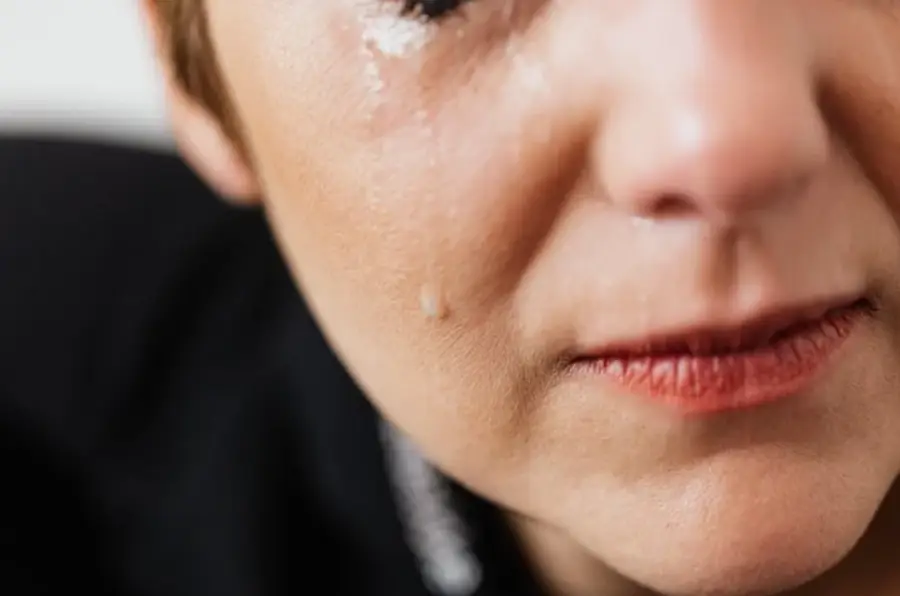In personal injury law, “loss of enjoyment of life” is a significant aspect of non-economic damages. It refers to the diminished ability of a victim to enjoy the daily activities and experiences that they once found pleasurable and fulfilling due to an injury. This type of damage goes beyond the immediate physical pain and suffering to encompass a broader impact on the victim’s quality of life.
Loss of Enjoyment of Life
Loss of enjoyment of life includes the negative effects an injury has on the victim’s ability to participate in and enjoy their normal activities. These activities can range from hobbies and sports to social interactions and daily routines. Essentially, it reflects the changes in the victim’s lifestyle and overall well-being caused by the injury.
Examples of Loss of Enjoyment of Life
Recreational Activities:
A passionate runner who can no longer participate in marathons due to a leg injury.
Hobbies:
An artist who loses the ability to paint because of a hand injury.
Social Interactions:
A previously active individual who now avoids social gatherings due to anxiety or depression resulting from the injury.
Daily Routines:
Someone who finds it difficult to perform everyday tasks like cooking, cleaning, or driving.
Importance in Personal Injury Claims
In personal injury claims, seeking compensation for loss of enjoyment of life is crucial as it acknowledges the broader impact of the injury on the victim’s overall quality of life. While economic damages (such as medical expenses and lost wages) can be quantified, non-economic damages like loss of enjoyment of life require a more nuanced approach to ensure fair compensation.
Calculating Loss of Enjoyment of Life
Calculating loss of enjoyment of life is complex and subjective. There is no set formula, but the following factors are typically considered:
Severity of Injury:
More severe injuries that cause long-term or permanent impairment generally result in higher compensation for loss of enjoyment of life.
Age and Lifestyle:
Younger victims or those with an active lifestyle may receive higher compensation due to the longer duration of impact.
Impact on Daily Life:
The extent to which the injury affects the victim’s ability to enjoy their normal activities.
Methods Used
- Multiplier Method: This method multiplies the total economic damages (e.g., medical bills, lost income) by a factor typically ranging from 1.5 to 5, depending on the severity of the injury.
- Example: If the economic damages are $50,000 and a multiplier of 3 is chosen, the non-economic damages, including loss of enjoyment of life, would be $150,000.
- Per Diem Method: This method assigns a daily rate for the loss of enjoyment of life and multiplies it by the number of days the victim is expected to suffer.
- Example: If the daily rate is $200 and the impact period is 365 days, the damages would be $73,000.
Role of Evidence
Evidence plays a critical role in substantiating claims for loss of enjoyment of life. Key pieces of evidence include:
Medical Records:
Detailed documentation of the injury and its long-term impact.
Expert Testimony:
Input from medical professionals, psychologists, and vocational experts who can attest to the severity and effects of the injury.
Personal Testimonies:
Statements from the victim, family members, and friends describing the changes in the victim’s lifestyle and daily activities.
Conclusion
Loss of enjoyment of life is a profound aspect of personal injury claims that addresses the broader impact of an injury on a victim’s quality of life. While challenging to quantify, it is essential to ensure that victims receive fair compensation for their diminished ability to enjoy life. By considering the severity of the injury, the victim’s lifestyle, and presenting compelling evidence, it is possible to achieve a just outcome in personal injury claims.











